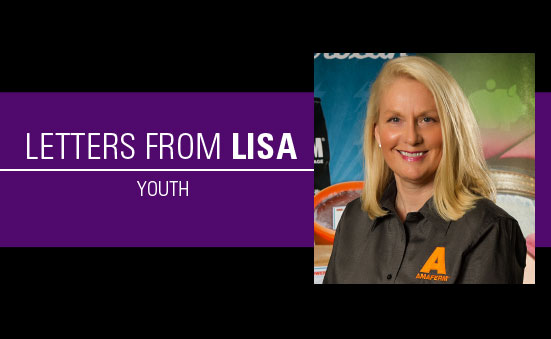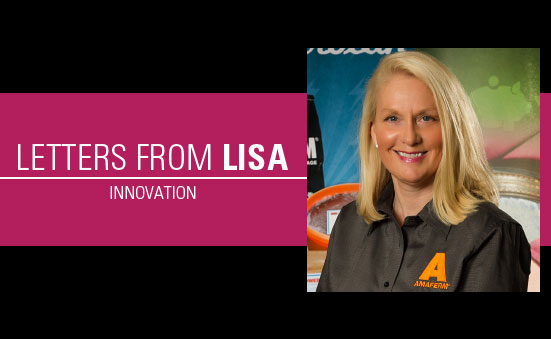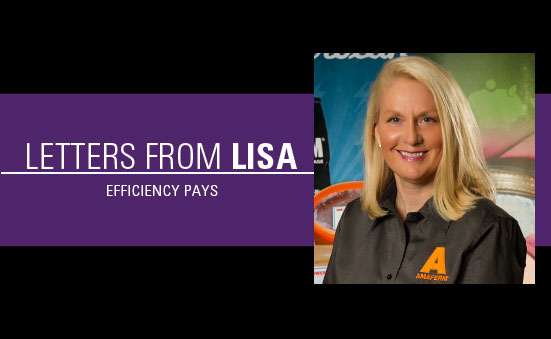Sure Champ® has experienced significant growth during the past six years. What has driven this success? Supporting young people involved with livestock. I know you are wriggling your nose right now, and thinking this lady is nuts. While whether I am nuts or not is debatable, my response is not. We may believe helping young people doesn’t grow sales or pay bills. However, an investment in youth is an investment in our future. And, making an investment in the future doesn’t always pay off right before your eyes or even in your lifetime. The pay off may be after you are long gone.
BioZyme®, under the leadership of Bob Norton, started supporting youth involved with livestock in 2007 when it became the title sponsor of both the Junior National Hereford Expo and the National Junior Angus Show. Why? Bob believes helping youth matters.
As I was working on this letter, Bob asked what I was doing and when
I told him my topic, he said, “It’s pretty simple to answer that. Livestock families are unique and special and extremely important to the welfare of our community, the state and the country.”
Young people involved in livestock learn from the show ring and the pasture:
How to respect others.
How to receive criticism and how to ask the right questions to improve.
How to work hard and push just a little bit longer.
How to evaluate livestock and to defend themselves verbally in front of a judge.
How one small tweak can be the difference between a win or a loss.
That sounds like the perfect applicant for every position we have at BioZyme. On a broader scale, without this type of a workforce in our future, our country will never reach its full potential.
If you are still asking why we do this, let me reiterate that these young people are our future. More importantly, they are agriculture’s future. For them, the livestock experience matters. And making kids feel like they matter, well… that matters to us.





